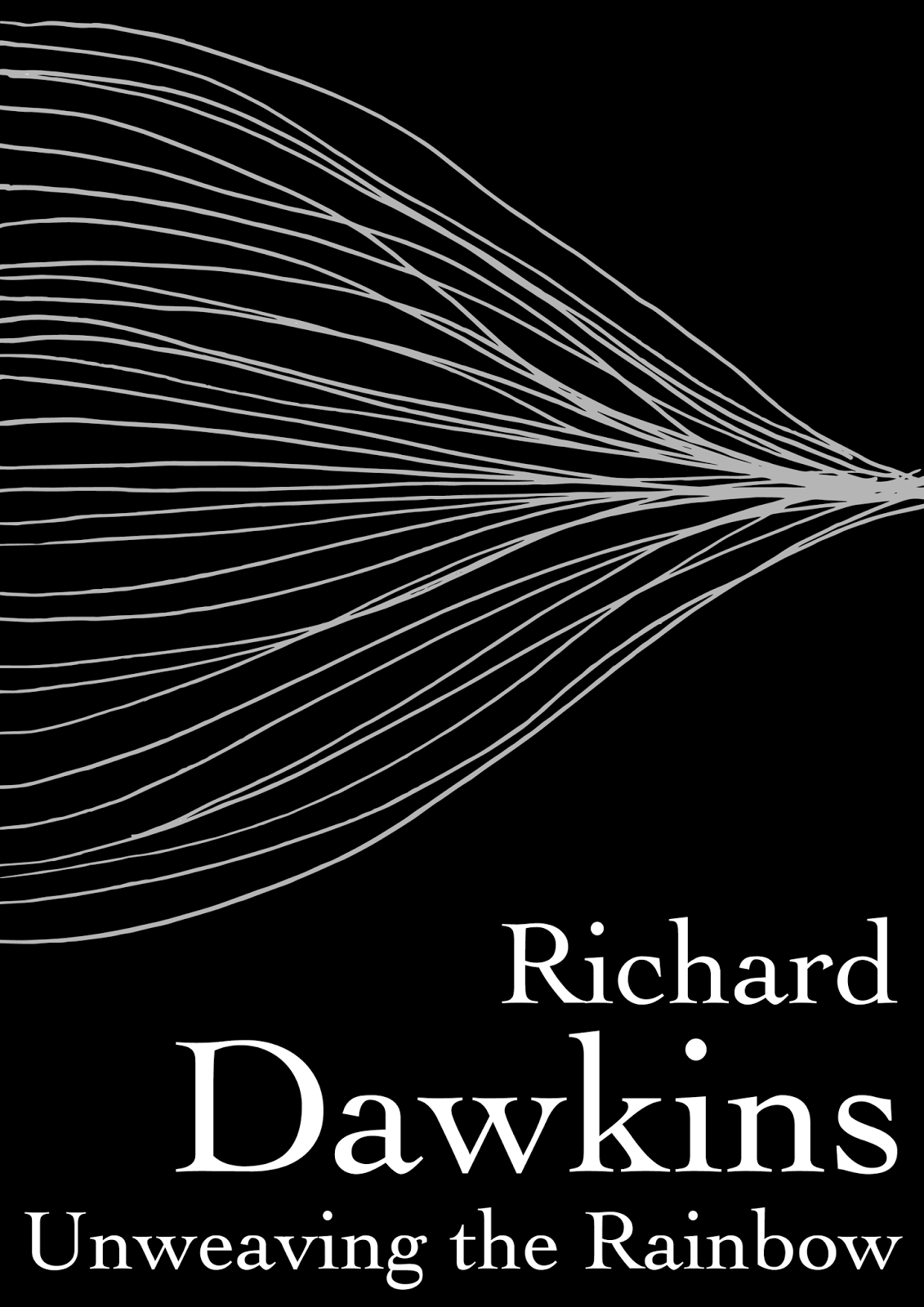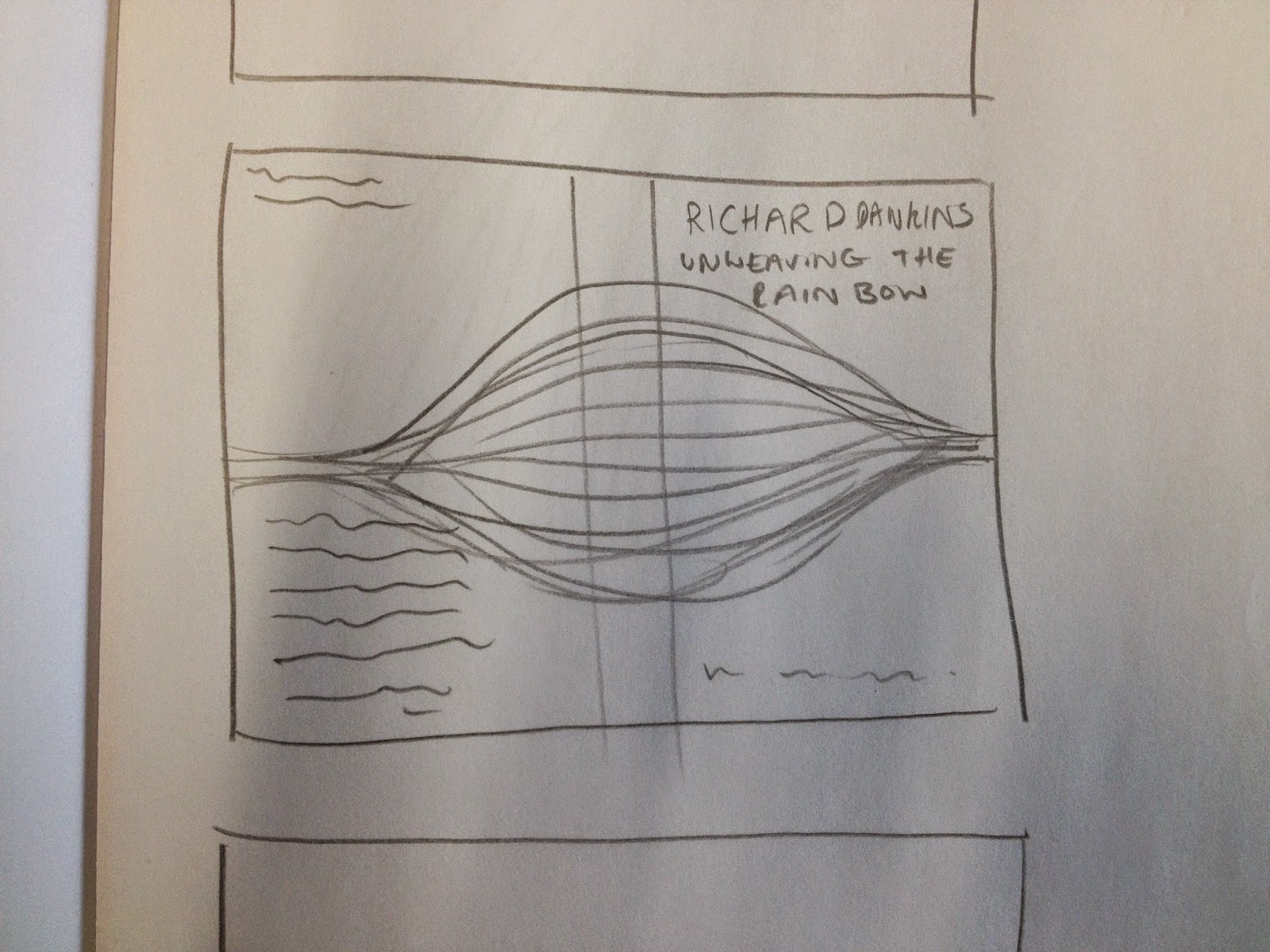The first book will tackle the question why is the sky blue? So it's important to fully understand why and then simplify the science for children aged 7-11.
So how do we see?
It's all about light, when light hits an object it reflect or bounces off the object and enters our eyes, this is how we see. When the light hits our eyes it travels trough our pupils and lens and hits an area at the back of our eye called the retina.
The retina is made up of photoreceptors called rods and cones. The rods are sensitive to light and dark, shape and movement. The cones are not as sensitive to light, instead they are sensitive to colour. There are three different cones in our eye those most sensitive to blue light, those most sensitive to red light and those most sensitive to green light.
When light hits an object, like a red apple it absorbs all the other colours and reflects back red into our eyes. The red cones are stimulated and this causes us to see red. Yellow light will be reflected back from a yellow banana into our eyes and cause us to see yellow.
So why is the sky blue?
Light from the sun is not white as it appears and in fact contains a vast spectrum of light with all the colours of the rainbow within it, we can see this when we split light with a prism. Light travels in waves and some of this waves are shorter or longer than each other, blue light has the shortest, 'choppiest' waves and travels the quickest. Red light the longest, lazy waves and travels the slowest, this is why red is on the outside of a rainbow and blue on the inside. Light will always travel in straight lines until something either reflects it, like when we see, bends it, like with our prism or scatters it.
So why does it get scattered?
Our atmosphere/the air we breathe is made up of millions of little particles containing oxygen and nitrogen, when light hits these molecules it scatters separating all the colours. Because blue is the shortest choppiest wave length it is more likely to hit all the little particles in the air. The particles absorb the blue light and reflects it back out again scattering it across the sky, the light then reaches our eyes and makes the sky look blue.
But why then is a sunset red?

As the sun gets lower in the sky light has to pass through more atmosphere to get to you, this means the quickly scattered blue light gets scattered even more trying to get through all those particles allowing the red and yellow light to pass through the atmosphere and enter your eye.
Rewritten for Children
How do we see?
When light hits an object it bounces off the object and enters our eyes, this is how we see. When the light hits our eyes it travels trough our pupils and hits an area at the back of our eye called the retina.
The retina is made up of photoreceptors called rods and cones. The rods are sensitive to light and dark, shape and movement. The cones are sensitive to colour. There are three different cones in our eye those that see blue, those that see red light and those that see green.
When light hits an object, like a red apple it reflects red back into our eyes. The red cones react and this causes us to see red. Yellow light will be reflected back from a yellow banana into our eyes and cause us to see yellow.
Why is the sky blue?
Light from the sun looks white but it actually contains all the colours of the rainbow. Light travels in waves and some of this waves are shorter or longer than each other, blue light has the shortest waves and travels the quickest. Red light the longest waves and travels the slowest, this is why red is on the outside of a rainbow and blue on the inside.
The air we breathe is made up of millions of little particles like oxygen and nitrogen. When light hits these particles or molecule it scatters separating all the colours. Because blue is the shortest and quickest wave length it is more likely to hit all the little particles in the air. The particles absorb the blue light and reflects it back out again scattering it all across the sky. This scattered light then reaches our eyes and makes the sky look blue.
But why is a sunset red?
As the sun gets lower in the sky light has to pass through more air or atmosphere to get to you. This means the quick blue light gets scattered even more trying to get through all those particles allowing the red and yellow light to pass through the atmosphere and enter your eye. This is why the sky at sunset looks red.






















































